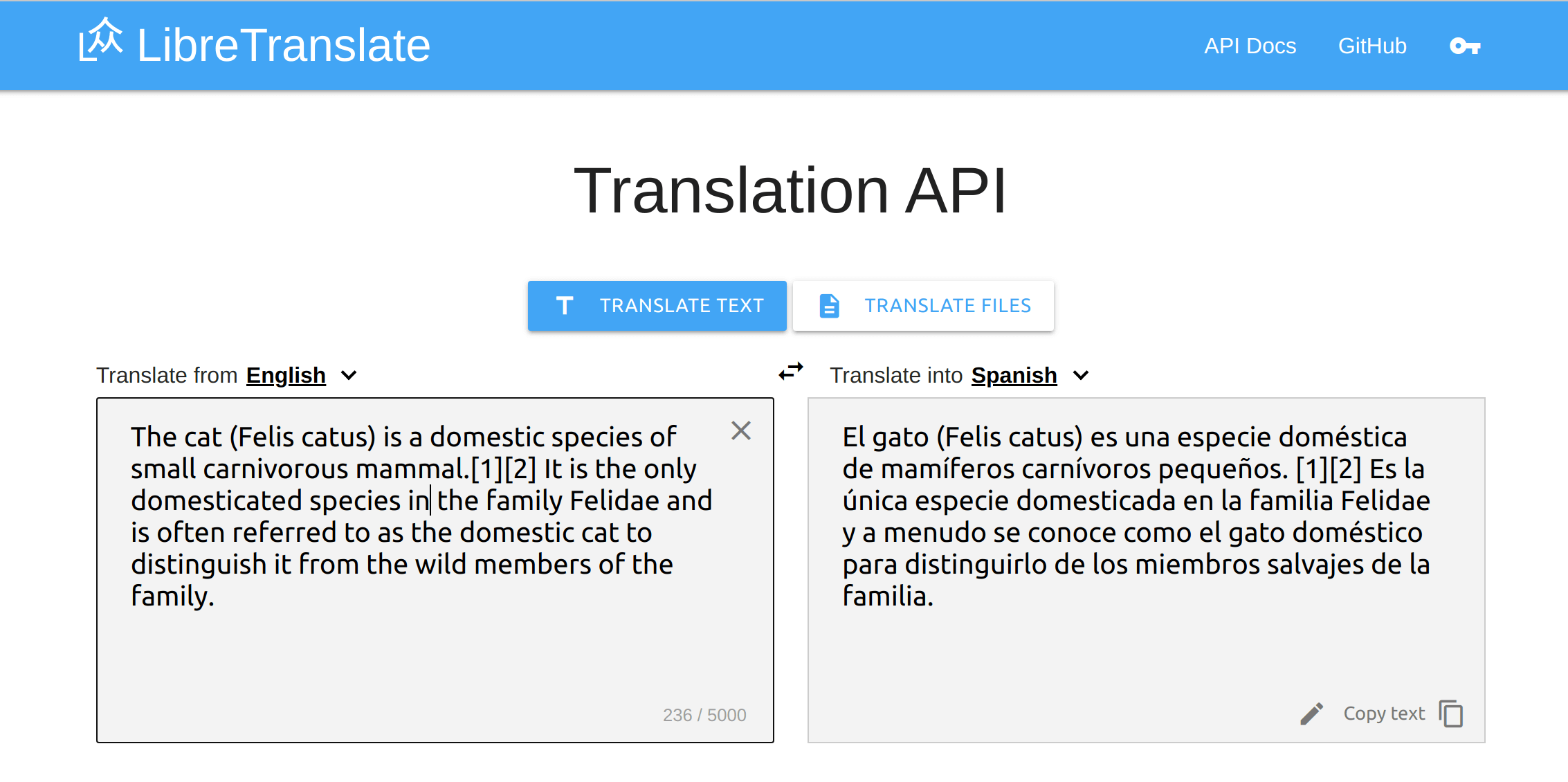FasySeq
FasySeq is a shorthand as a Fast and easy sequential modeling toolkit. It aims to provide a seq2seq model to researchers and developers, which can be trained efficiently and modified easily. This toolkit is based on Transformer(Vaswani et al.), and will add more seq2seq models in the future.
Dependency
PyTorch >= 1.4
NLTK
Result
...
Structure
...
To Be Updated
- top-k and top-p sampling
- multi-GPU inference
- length penalty in beam search
- ...
Preprocess
Build Vocabulary
createVocab.py
| NamedArguments | Description |
|---|---|
| -f/--file | The files used to build the vocabulary.Type: List |
| --vocab_num | The maximum size of vocabulary, the excess word will be discard according to the frequency.Type: Int Default: -1 |
| --min_freq | The minimum frequency of token in vocabulary. The word with frequency less than min_freq will be discard.Type: Int Default: 0 |
| --lower | Whether to convert all words to lowercase |
| --save_path | The path to save voacbulary.Type: str |
Process Data
preprocess.py
| NamedArguments | Description |
|---|---|
| --source | The path of source file.Type: str |
| [--target] | The path of target file.Type: str |
| --src_vocab | The path of source vocabulary.Type: str |
| [--tgt_vocab] | The path of target vocabulary.Type: str |
| --save_path | The path to save the processed data.Type: str |
Train
train.py
| NamedArguments | Description |
|---|---|
| Model | - |
| --share_embed | Source and target share the same vocabulary and word embedding. The max position of embedding is max(max_src_position, max_tgt_position) if the model employ share embedding. |
| --max_src_position | The maximum source position, all src-tgt pairs which source sentences' lenght are greater than max_src_position will be cut or discard. If max_src_position > max source length, it wil be set to max source length.Type: Int Default: inf |
| --max_tgt_position | The maximum target position, all src_tgt pairs which target sentences' length are greater than max_tgt_position will be cut or discard. If max_tgt_position > max target length, it wil be set to max target length.Type: Int Default: inf |
| --position_method | The method to introduce positional information.Option: encoding/embedding |
| --normalize_before | Leveraging before layer normalization. See Xiong et al. |
| Checkpoint | - |
| --checkpoint_path | The path to save checkpoint file.Type: str Default: None |
| --restore_file | The checkpoint file to be loaded.Type: str Default: None |
| --checkpoint_num | Save the nearest checkpoint_num breakpoint.Type: Int Default: inf |
| Data | - |
| --vocab | Vocabulary path. If you use share embedding, the vocabulary will be loaded from this path.Type: str Default: None |
| --src_vocab | Source vocabulary path.Type: str Default: None |
| --tgt_vocab | Target vocabulary path.Type: str Default: None |
| --file | The training data file.Type: str |
| --max_tokens | The maximum tokens in each batch.Type: Int Default: 1000 |
| --discard_invalid_data | The data which length of source or data is more than maximum position will be discard if use this option, otherwise the long sentences will be cut into max position. |
| Train | - |
| --cuda_num | The device's ID of GPU.Type: List |
| --grad_accumulate | The num of gradient accumulate.Type: Int Default: 1 |
| --epoch | The total epoch to train.Type: Int Default: inf |
| --batch_print_info | The number of batch to print training information.Type: Int Default: 1000 |
Inference
generator.py
| NamedArguments | Description |
|---|---|
| --cuda_num | The device's ID of GPU.Type: List |
| --file | The inference data file which has been processed.Type: str |
| --raw_file | The raw inference data file, and will be preprocessed before generated.Type: str |
| --ref_file | The reference file.Type: str |
| --max_length --max_alpha --max_add_token |
Maximum generated length = min(max_length, max_alpha * max_src_len, max_add_token + max_src_token)Type: Int Default: inf |
| --max_tokens | The maximum tokens in each batch.Type: Int Default: 1000 |
| --src_vocab | Source vocabulary path.Type: str Default: None |
| --tgt_vocab | Target vocabulary path.Type: str Default: None |
| --vocab | Vocabulary path. If you use share embedding, the vocabulary will be loaded from this path.Type: str Default: None |
| --model_path | The path of pre-trained model.Type: str |
| --output_path | The path of output. the result will be saved into output_path/result.txt.Type: str |
| --decode_method | The decode method.Option:greedy/beam |
| --beam | Beam size.Type: Int Default: 5 |
Postpreposs
avg_param.py
The average parameter code we employed is the same as fairseq.
License
FasySeq(-py) is Apache-2.0 License. The license applies to the pre-trained models as well.




